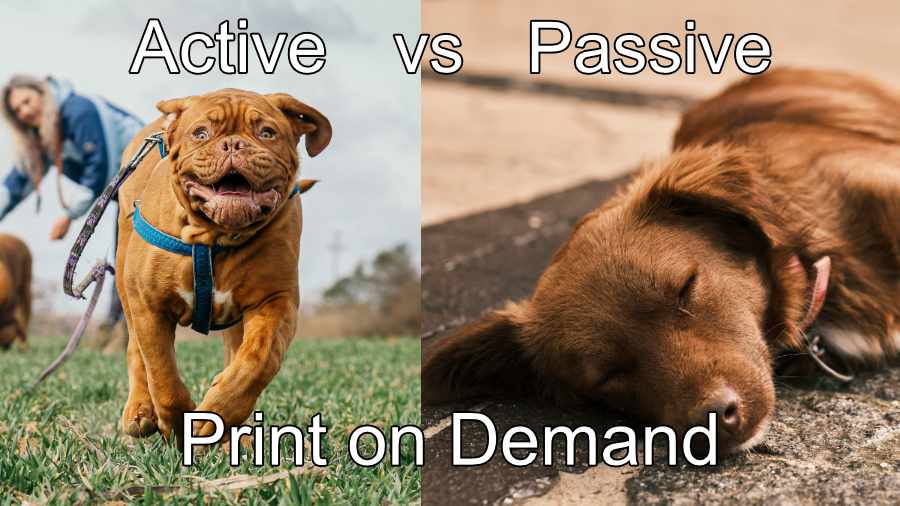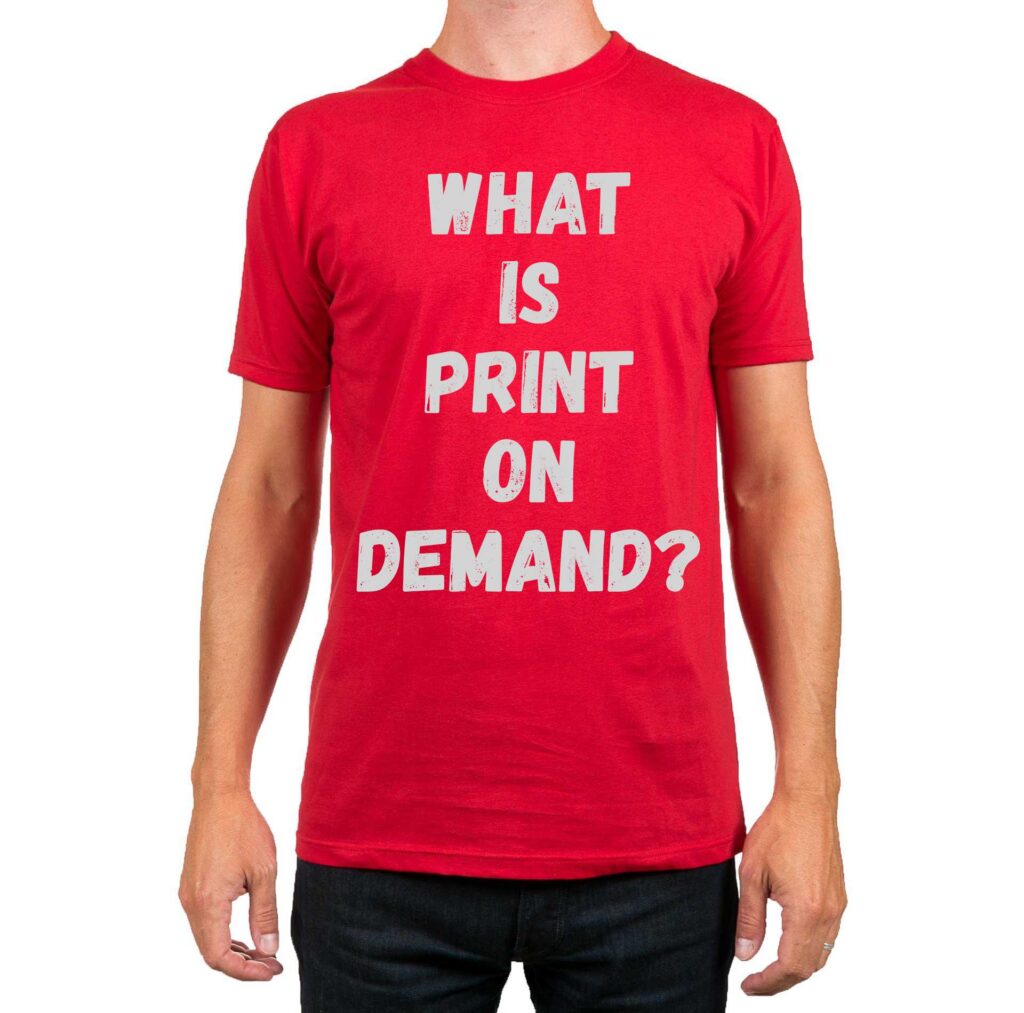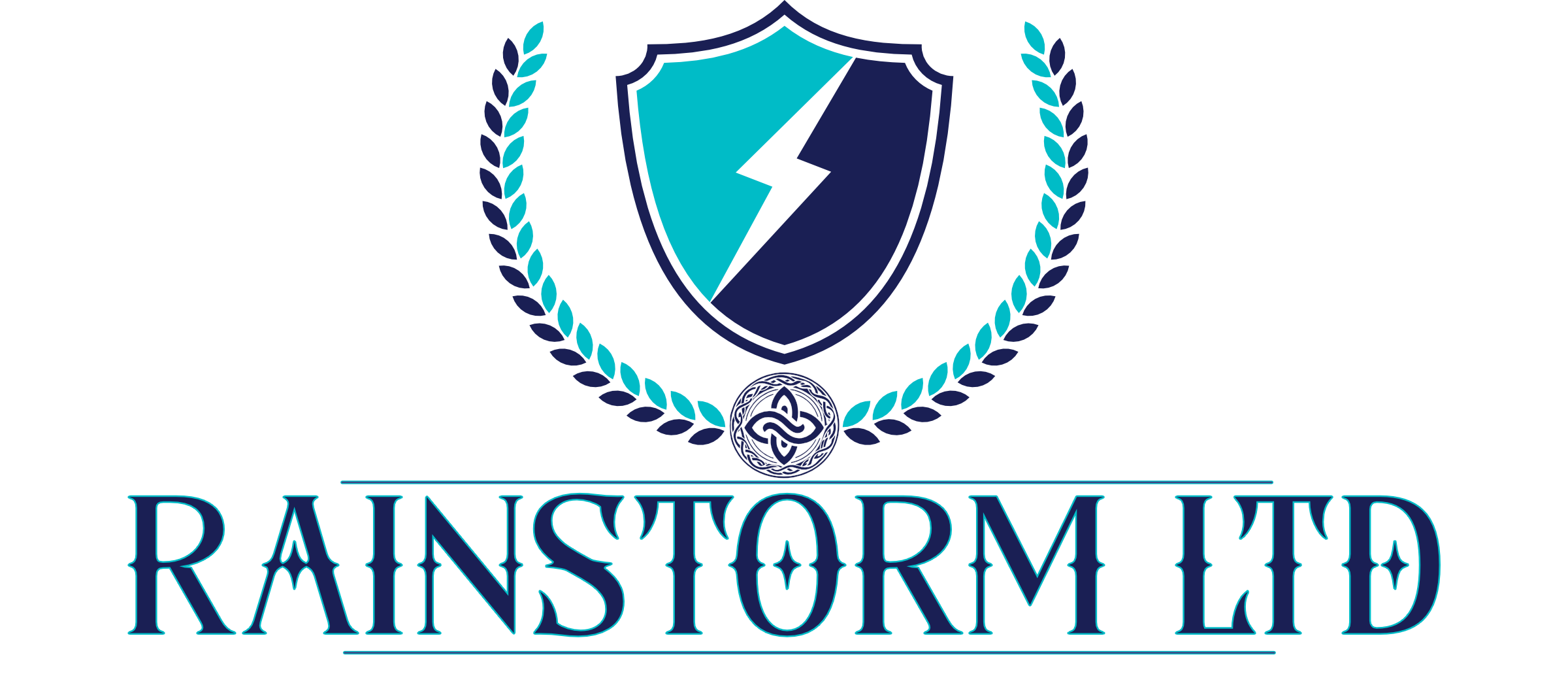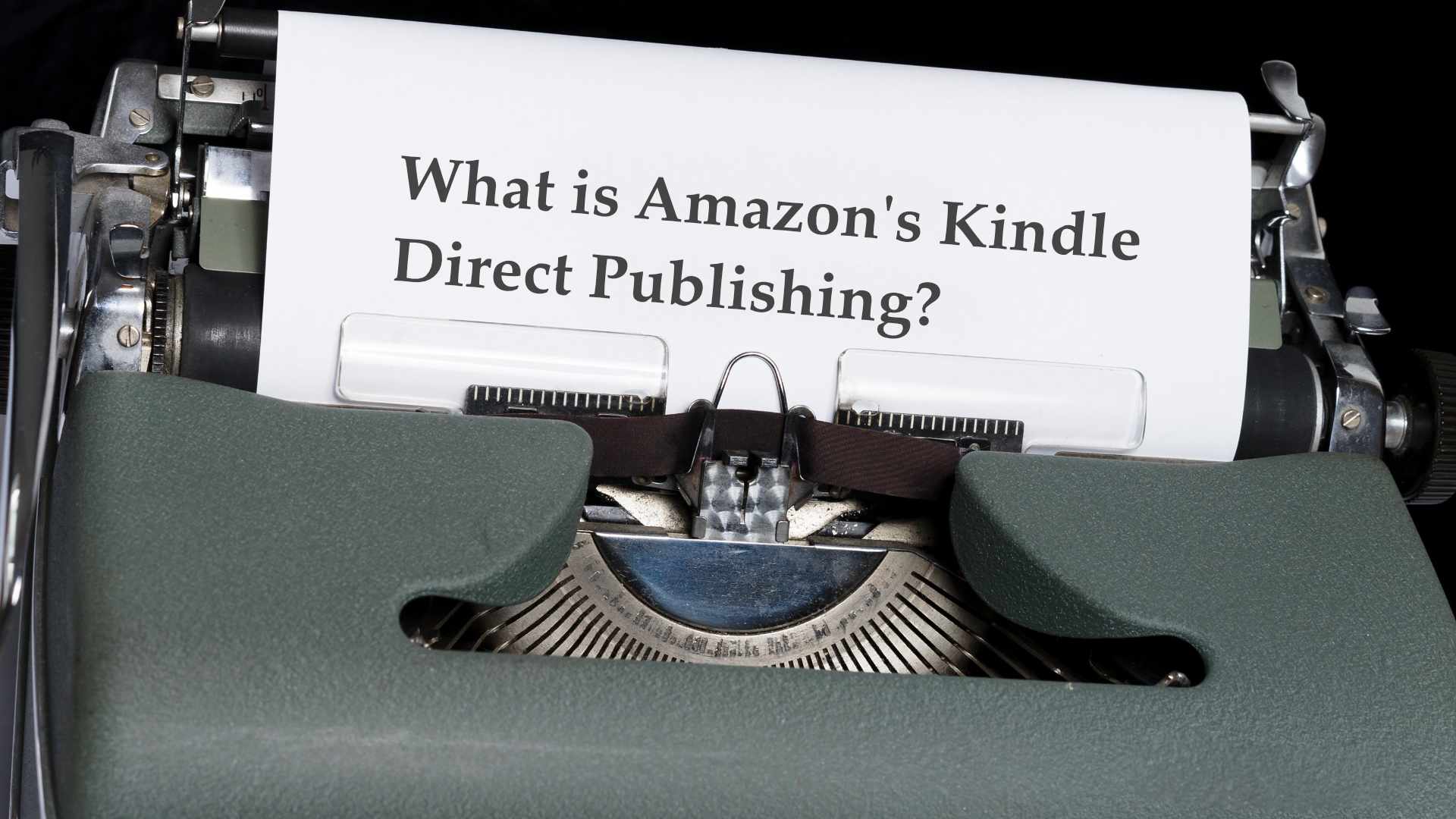Now, if many of you are like myself, you are always looking for ways expand your knowledge, increase your opportunities, and better yourself either personally and/or professionally. So when I found the world of self-publishing it sparked my interest and I decided to dive in and learn more about it. From that research I would like to take this opportunity to pass on some of the knowledge that I have found both from my research and hands on experience so far.
Now like many avenues of modern life, technology has revolutionized the publishing industry and lowered the barrier of entry for authors to get their works out into the world through self-publishing, and Amazon’s Kindle Direct Publishing (KDP) platform stands at the forefront of this transformation. As an author looking to publish your work, understanding both the advantages and limitations of KDP is crucial for making an informed decision about your publishing journey.
What is Kindle Direct Publishing?
First lets start off and tell you what this service actually is. KDP is Amazon’s self-publishing platform that allows authors to publish both digital (eBooks) and physical books (paperbacks and hardcovers) directly to Amazon’s marketplace. This means that practically anyone who wants to create stories, has the opportunity to get their work out into the world without having to go through traditional publishing houses. Even without these legacy mediums, you still have the ability to reach readers worldwide through the largest online bookstore around.
Key Benefits of Using KDP
Complete Creative Control
Unlike traditional publishing, KDP gives authors full control over their work, at least in theory (more on this later). This means that when you submit your work for publication you are the one that decides on the content, cover design, pricing, and marketing strategy that goes along with it. This creative freedom allows you to maintain your unique voice and vision without having to compromise to a professional publishing editor.
Higher Royalties
KDP offers attractive royalty rates compared to traditional publishing:
- Up to 70% royalty for eBooks priced between $2.99 and $9.99
- 35% royalty for eBooks priced below $2.99 or above $9.99
- Print books will receive ~60% after the cost of printing
Speed to Market
Traditional publishing can take years from manuscript to bookshelf. With KDP, you can very reasonably expect to get from submission to available to purchase within a matter of days. This rapid timeline allows authors to respond quickly to market trends and reader feedback.
Global Reach
Amazon’s worldwide presence means that when you publish your book it becomes available to readers across multiple countries instantly. You don’t need to worry about all the technical details with this either as the platform handles international sales, currency conversions, and tax implications, making global distribution seamless.
Print-on-Demand
For print books (both paperback and hardcovers) KDP utilizes a print-on-demand service model. This means that it eliminates the need for inventory management and upfront printing costs. A book is only printed when a customer (or author) submits an order. This greatly reduces financial risk and eliminates the concern of storing large volumes of inventory.
Notable Drawbacks and Challenges
Now like just about everything else in life, this isn’t a perfect solution, so let me share some of the drawbacks and challenges that you may face if you choose to explore this service yourself.
Market Saturation
The low barrier to entry has led to millions of self-published books on Amazon. Take that low barrier and add in the rapid advancement of AI technology the volume of content is ever increasing. This means that if you want to stand out in this crowded marketplace, it is going to require significant marketing effort and expertise.
Limited Physical Distribution
While your book will be available on Amazon which does offer expanded distribution outside of their platform, actually getting it into physical bookstores remains challenging. Many brick-and-mortar retailers are hesitant to stock self-published books, which means it is going to greatly limit your offline reach through traditional retail.
Quality Perception
Despite improvements in self-publishing quality, some readers and industry professionals still harbor prejudices against self-published works. This stigma can affect reviews, sales, and opportunities for literary awards or traditional media coverage. The high volume of low quality AI generated content over the last couple years has also made this even more of an issue to overcome.
Marketing Responsibility
Now, this is where traditional publishing would be to your benefit, as when they put out a book, it is in their interest to get it to sell so they have dedicated resources for marketing. Not true here, which means success on KDP requires more than just good writing. Authors must become marketers themselves, learning about:
- Amazon’s algorithm
- Keyword optimization
- Social media promotion
- Email marketing
- Advertising strategies
Technical Learning Curve
Self publishing, means you are doing it all yourself, or you will need to outsource it independently. When you publish a book you are responsible for:
- Formatting manuscripts for different platforms
- Creating or commissioning cover designs
- Understanding metadata and categories
- Managing pricing strategies
- Interpreting sales analytics
Not Guaranteed Publication
Now, while in theory you are in complete control, there are still guidelines that Amazon has defined which you will be required to follow. When you submit your work for publication, it isn’t a guaranteed that it will be put out on Amazon. Every submission goes through their internal content review process, which will ultimately determine if your work ends up listed for sale on the site.
Painful Support
This is quite possibly my biggest problem with the KDP platform. The support for authors, is to put it bluntly dismal. The aforementioned content review process is very heavily automated, and results in book submissions getting automatically blocked which prevents publication. Blocks are appealable by replying to the notification email, and this is where ultimately the process breaks down. Appeals are supposedly reviewed by a person, and I have had some success with getting them overturned; but if your appeal does get ultimately rejected you are not going to be given any useful feedback to understand the decision or improve future submissions. If you try and follow up through the KDP site’s support channels (they have a live chat and phone options), the representatives on that team have no insight or ability to connect directly to the content review team. The best you are going to get is a generic cut and paste response from the review team linking you to the terms and conditions page. So authors are left to fend for themselves in trying to actually produce better content to make it through the process. This can be extremely frustrating when you are unable to find any violations of the published content guidelines.
Cost Considerations
While KDP is free to use, that doesn’t mean that there aren’t potential items that authors should budget for:
- Professional editing
- Cover design
- Formatting services
- Marketing and advertising
- ISBN numbers (if using your own)
Services such as editing, cover design and formatting can be contracted out to freelancers (Fiverr for example has listings for these types of services), or in some cases software can be purchased to allow you to do some of it yourself. Items Amazon also provides an ISBN for free, but be aware that this free ISBN is not transferable so you will not be able to use it for publishing through other distribution channels.
Making the Most of KDP
To maximize your chances of success on the platform:
- Invest in professional editing and cover design to ensure your book meets industry standards
- Research your genre’s market thoroughly before publishing
- Build an author platform and engagement strategy before launch
- Understand Amazon’s algorithms and best practices for visibility
- Thoroughly read and understand the platform guidelines for both content and listing details
- Consider enrolling in KDP Select for additional promotional tools
Conclusion
Amazon KDP is an awesome platform as it has allowed for the democratization of publishing by offering authors unprecedented opportunities to reach readers directly. While it provides significant advantages in terms of control, royalties, and speed to market, success requires careful consideration of the platform’s limitations and a commitment to handling multiple aspects of the publishing process yourself.
For authors willing to invest time in learning the platform and developing marketing skills, KDP can be an excellent path to publishing success. However, it’s essential to approach self-publishing with realistic expectations and a clear understanding of the work involved beyond simply writing your book.






